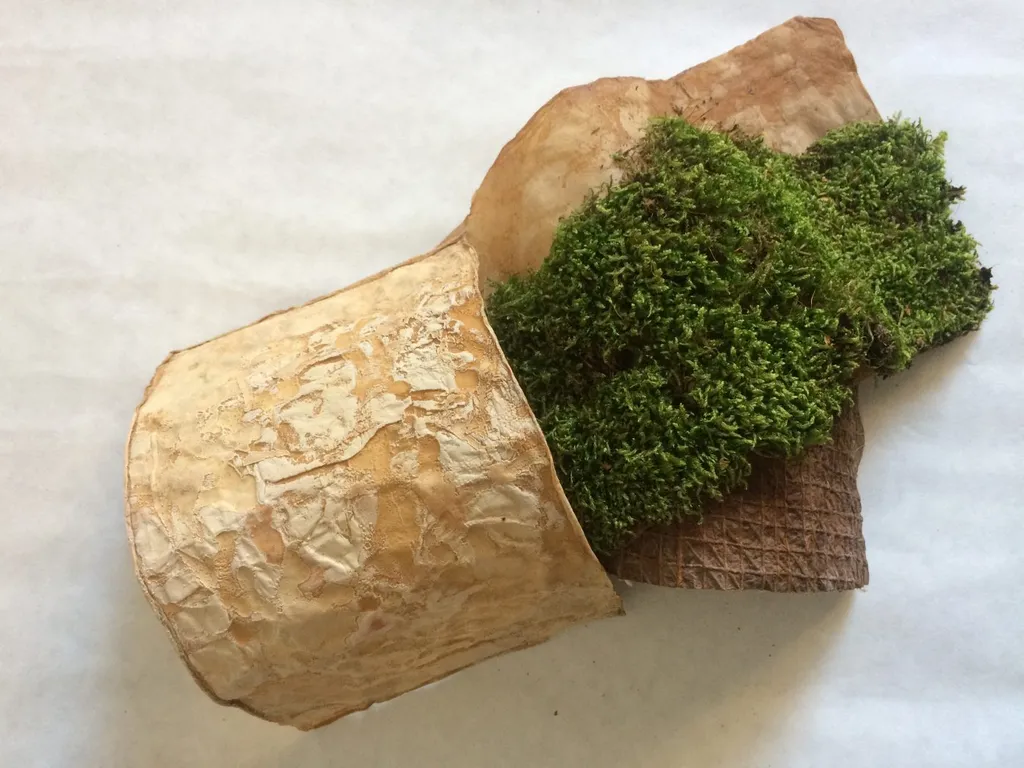In the quest for sustainable construction materials, a team of researchers has made a significant stride by developing ecological tiles using bacterial cellulose and industrial waste. Led by Yasmim F. Cavalcanti, the study published in the journal *Chemical Engineering Transactions* (translated as *Transactions on Chemical Engineering*), offers a promising alternative to traditional fibrocement tiles, which rely on cement, calcium silicate binders, and often environmentally taxing organic fibers.
The construction industry has long grappled with the environmental impact of its materials, particularly the extraction of natural resources and the generation of waste. Cavalcanti’s research addresses these issues head-on by substituting conventional components with more sustainable alternatives. “The production of vegetable cellulose and its derivatives leads to increased wood consumption, causing environmental problems,” Cavalcanti explains. “Our aim was to characterize and analyze sustainable tiles produced with bacterial cellulose combined with limestone filler and industrial waste.”
The team created two types of tiles: one using textile industry waste (polyamide, PA) and another using sugarcane industry waste (sugarcane bagasse, SCB). These were compared against commercial tiles using the NBR 15310/2009 standard for ceramic components. The results were promising yet nuanced. The tiles made with polyamide waste (A6) showed an absorption index of 15%, well within the regulatory limits, and surpassed the required rupture load by 5.4%. However, the tiles made with sugarcane bagasse (A7) exhibited an absorption index of 20%, slightly exceeding the maximum allowed value by 4%, and did not meet the minimum load requirement for simple bending.
Despite the mixed results, the potential of these sustainable tiles is undeniable. “These results demonstrate the potential of sustainable and low-cost tiles for application in the construction industry, especially as building cladding,” Cavalcanti notes. The commercial implications for the energy sector are significant, as the construction industry seeks to reduce its carbon footprint and operational costs. By integrating these ecological tiles into building designs, developers could achieve both environmental and economic benefits.
The research underscores the importance of continued innovation in sustainable materials. While the tiles made with sugarcane bagasse did not meet all regulatory requirements, they represent a valuable starting point for further refinement. The tiles made with polyamide waste, on the other hand, show immediate commercial potential. As the construction industry continues to evolve, the adoption of such sustainable materials could pave the way for a greener, more efficient future.
Cavalcanti’s work, published in *Chemical Engineering Transactions*, highlights the critical role of interdisciplinary research in driving forward sustainable practices. The findings not only offer a glimpse into the future of construction materials but also serve as a call to action for further exploration and development in this field. As the industry moves towards more eco-friendly solutions, the insights from this study will undoubtedly shape the trajectory of sustainable construction.

